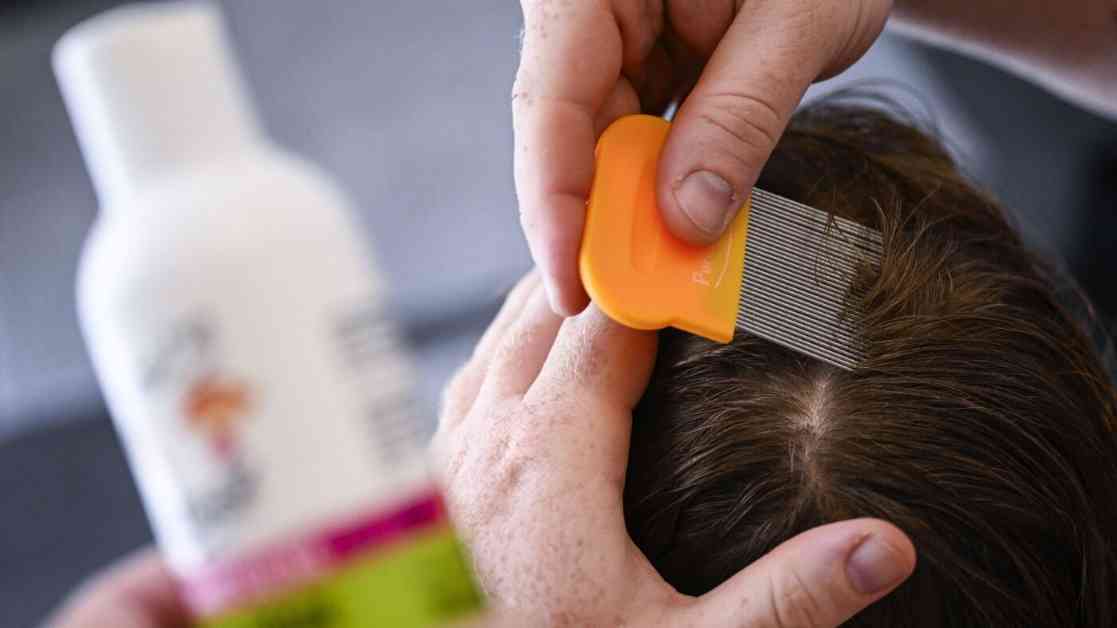Schools have long been associated with the spread of head lice among children. As kids head back to school, an unlucky few will likely bring home some unwanted guests – head lice. However, the approach to dealing with head lice in schools has evolved over the years. Gone are the days when children were immediately sent home upon detection of lice in their hair. The Centers for Disease Control and Prevention (CDC) now recommends a different approach, allowing students to stay in school until the end of the day, go home for treatment, and return as long as the treatment has begun. This change in protocol reflects a more informed and sensible approach to managing head lice infestations in schools.
Dr. Dawn Nolt, a pediatrician at Oregon Health & Science University Doernbecher Children’s Hospital, explains the rationale behind the new guidelines. According to Dr. Nolt, it takes about four to six weeks for someone to start showing symptoms and itching from head lice. By the time lice are detected, they have likely been present for about a month. Contrary to popular belief, having lice in your hair is not an urgent medical condition. Lice do not carry additional diseases; they are simply a nuisance. Dr. Nolt emphasizes the importance of allowing children to stay in school at least through the end of the day and starting treatment as soon as possible.
The American Academy of Pediatrics also supports the CDC’s guidelines, recommending that schools abandon “no-nit” policies for students returning to school after lice infestations. This shift in policy is based on the understanding that lice infestations are not as easily transmitted as once thought. Lice do not jump or fly; they crawl from one head to another, making it relatively difficult for them to spread in a classroom setting. As long as children do not have direct head-to-head contact, the risk of transmission is low.
Treating head lice is relatively simple, according to Dr. Nolt. There are safe and effective FDA-approved products available over the counter for treating lice infestations. It is essential to follow the instructions carefully to ensure the best outcomes. Typically, if no live lice are found about seven to 10 days after the last dose of medication, the treatment has been effective. However, if lice persist, it may be necessary to consult a healthcare provider for a prescription medication.
Despite the prevalence of head lice infestations among children, there remains a stigma attached to the condition. Dr. Nolt emphasizes that lice are a common childhood issue that can affect anyone, regardless of hygiene practices. The misconception that lice are associated with poor hygiene or lack of cleanliness is unfounded. Lice infestations can occur in any household, regardless of socioeconomic status or personal hygiene habits. Therefore, it is essential to dispel the myths surrounding lice and address them as a common and treatable condition.
In conclusion, the approach to managing head lice infestations in schools has evolved to reflect a more informed and practical understanding of the condition. By allowing children to remain in school until the end of the day and initiating treatment promptly, schools can minimize disruptions while effectively addressing lice infestations. Parents should not panic about their children contracting lice in school, as the risk of transmission is relatively low. By following the recommended treatment protocols and addressing the stigma associated with lice, families can effectively manage and prevent infestations in the future.

